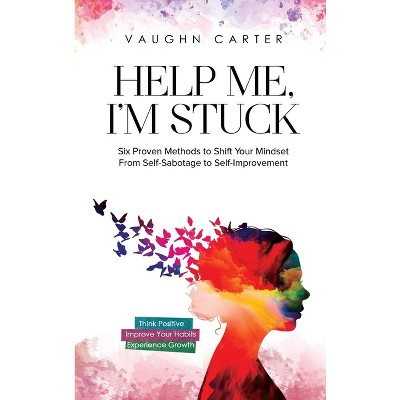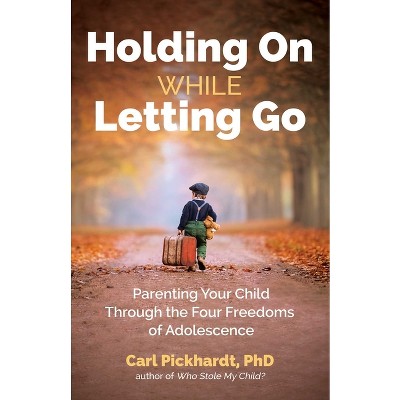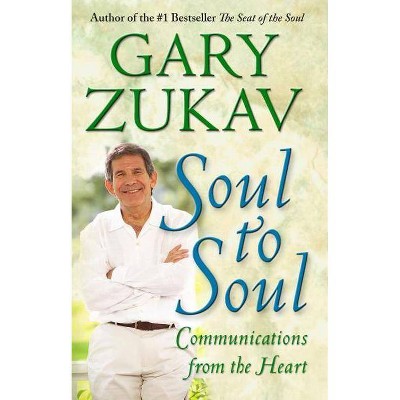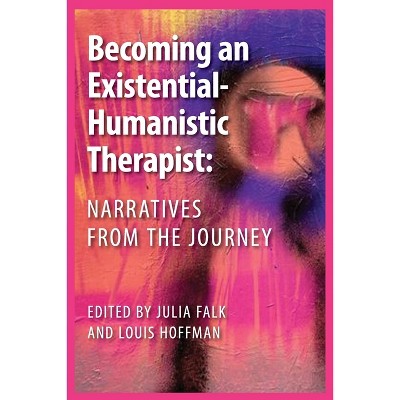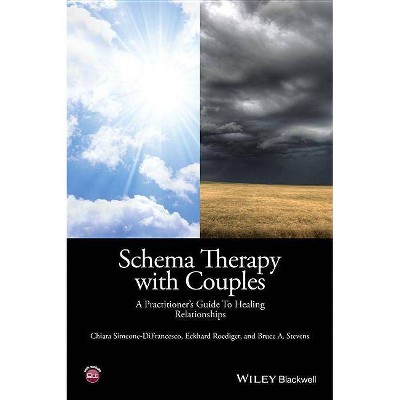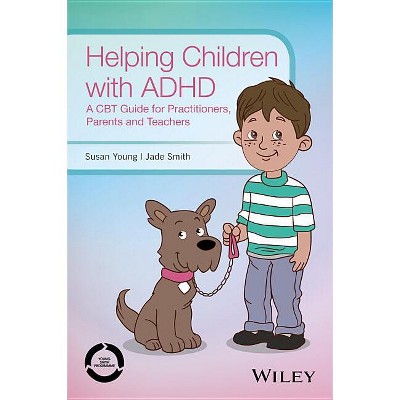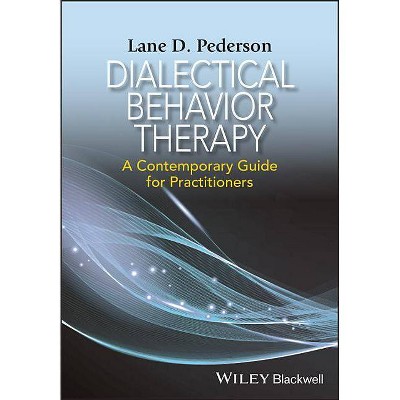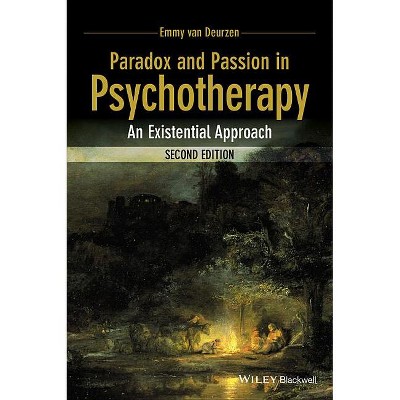Sponsored

Becoming a Marriage and Family Therapist - by Eugene Mead (Paperback)
In Stock
Sponsored
About this item
Highlights
- Becoming a Marriage and Family Therapist is a practical "how to" guide designed to help trainee therapists successfully bridge the gap between classroom and consulting room.
- About the Author: D. Eugene Mead is Emeritus Professor of Marriage and Family Therapy at Brigham Young University, Utah.
- 320 Pages
- Psychology, Psychotherapy
Description
Book Synopsis
Becoming a Marriage and Family Therapist is a practical "how to" guide designed to help trainee therapists successfully bridge the gap between classroom and consulting room. Readers will learn how to apply empirically-based methods to the core tasks of therapy in order to improve competency, establish effective supervision, and deliver successful client outcomes.- A practical guide to improving competency across the core tasks of therapy, based on over 40 years of observation and teaching by an internationally acclaimed author
- Presents treatment protocols that show how to apply therapy task guidelines to a range of empirically-supported marriage and family treatments
- Provides extended coverage on assessing and beginning treatment with crisis areas such as suicidal ideation, and family violence with children, elders, and spouses
- Suggests how supervisors can support trainees in dealing with crisis and other challenging areas, to build competence and successful delivery
From the Back Cover
Becoming a Marriage and Family Therapist is a practical "how to" guide designed to help trainee therapists bridge the gap between classroom and consulting room. Drawing on over 40 years' experience, D. Eugene Mead demonstrates that for supervision to result in the positive changes needed to create successful client outcomes, therapists must focus on two basic factors: a good supervisory relationship, and attention to the task of improving therapy skills. The book shows readers how to reinforce these competencies by applying empirically-based methods to each of the core tasks of therapy.
Part I presents generic guidelines for all therapy models, including initial contact, assessment and treatment planning, evaluating treatment delivery, continuous evaluation of therapy outcomes, and terminating therapy. Part II goes on to provide treatment protocols that apply these guidelines to a number of well-known and empirically-supported marriage and family treatments.
The book also provides extended coverage on assessment and beginning treatment with crisis areas, often a difficult aspect for new therapists, and suggests how supervisors can support trainees in these and other challenging areas.
About the Author
D. Eugene Mead is Emeritus Professor of Marriage and Family Therapy at Brigham Young University, Utah. Over the course of 40 years, he developed and initiated the university's family therapy, sex therapy, marriage and family practicum, and marriage and family therapy supervision classes. He is a member of the American Psychological Association and Clinical Member and Fellow of the American Association for Marriage and Family Therapy (AAMFT), having taught the Approved Supervision course at their Winter Institute. He is the author of the acclaimed Effective Supervision: A Task-oriented Model for the Mental Health Professions (1990).
Shipping details
Return details
Frequently bought together

Trending Non-Fiction






